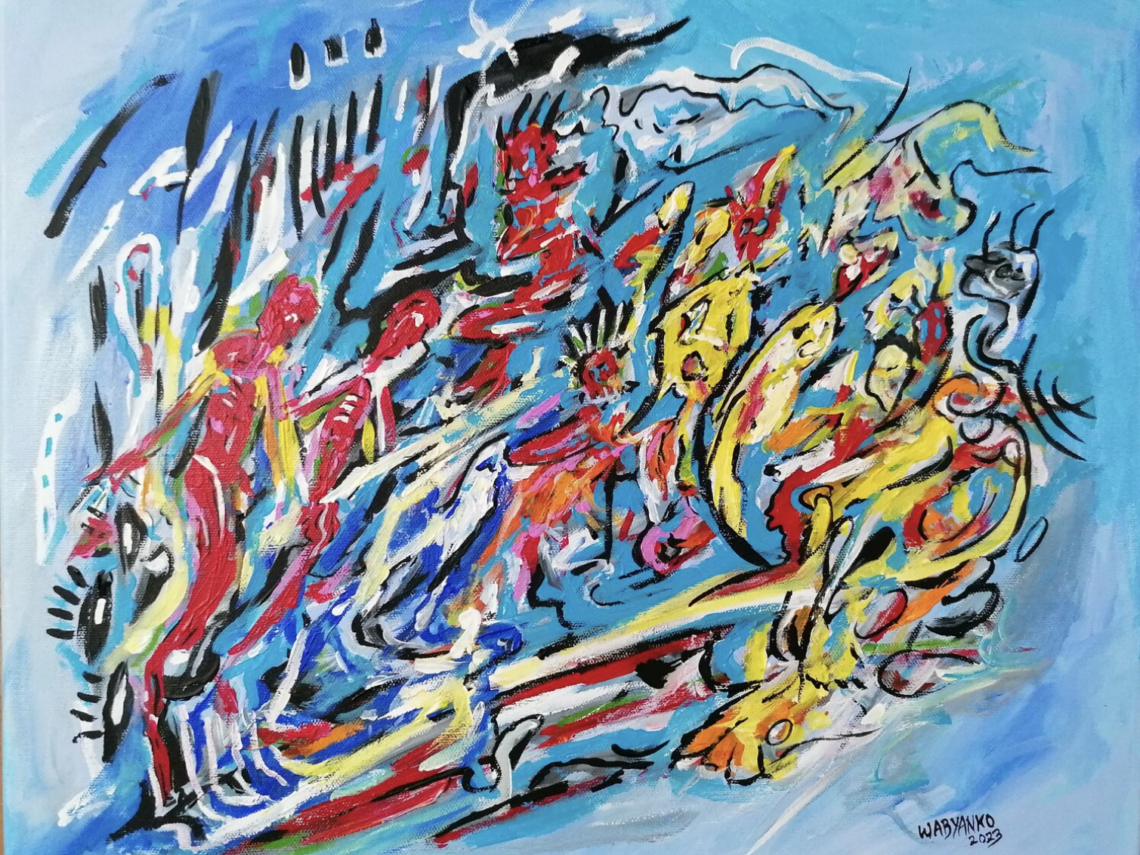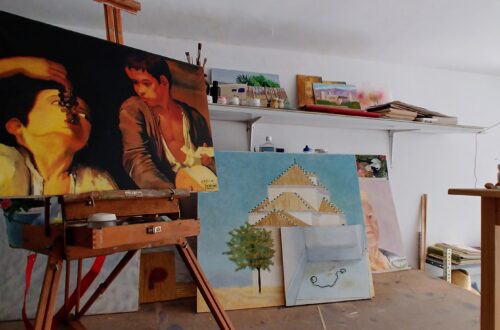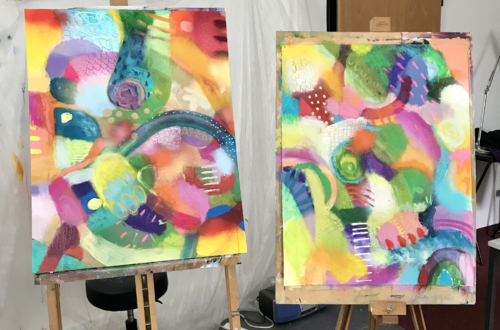November 2023 Edition
We are excited to present our thoughtfully curated selection of three artists whose works are available on balthasart, but probably not for long! These artists have unique creative processes, all very different from each other, that we were happy to discover through exclusive interviews. We hope their style will inspire something positive in you. You will find their interviews below:
1. Jimmy Farina-Paget
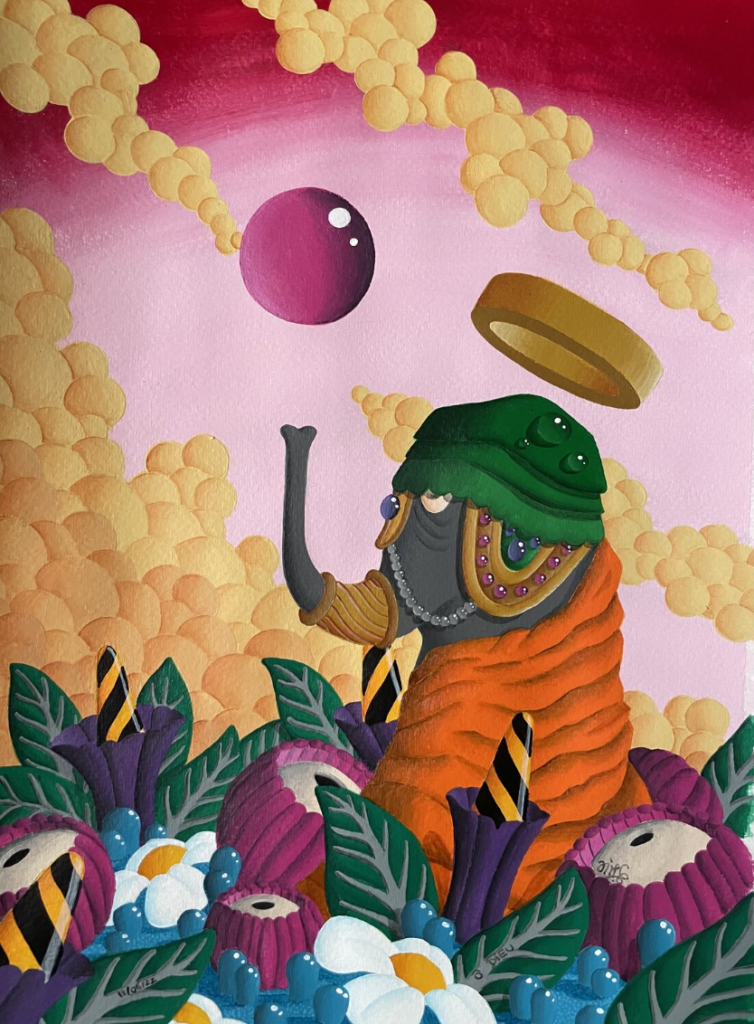
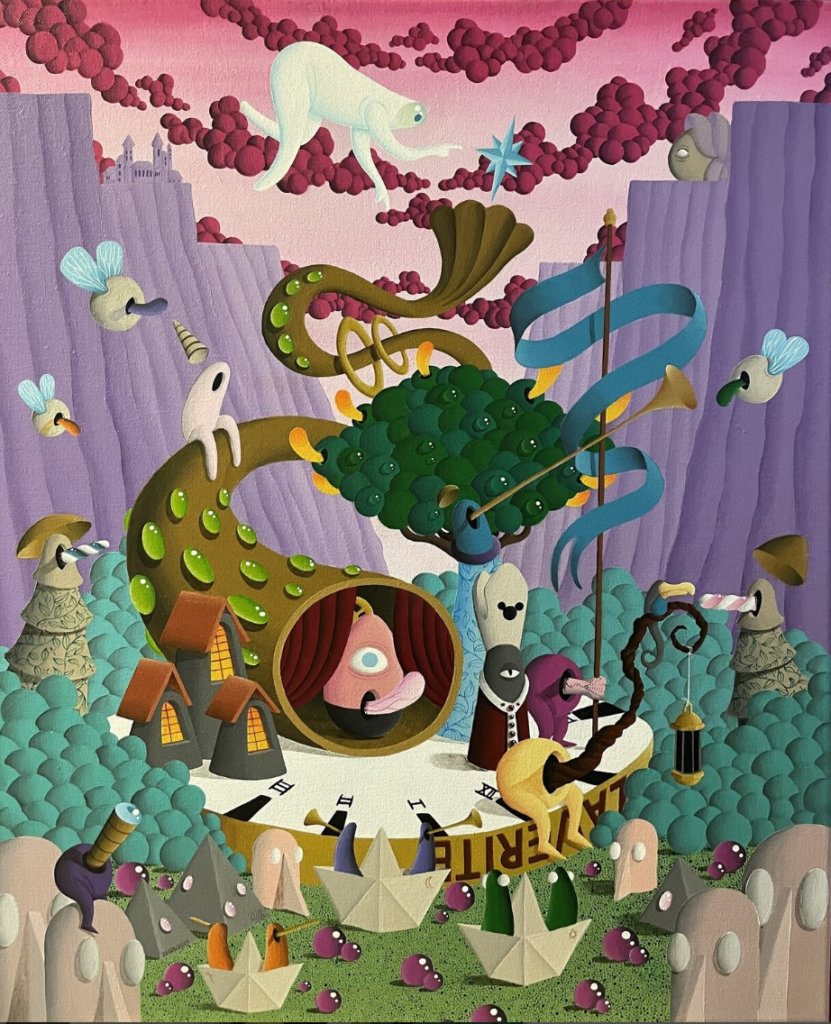

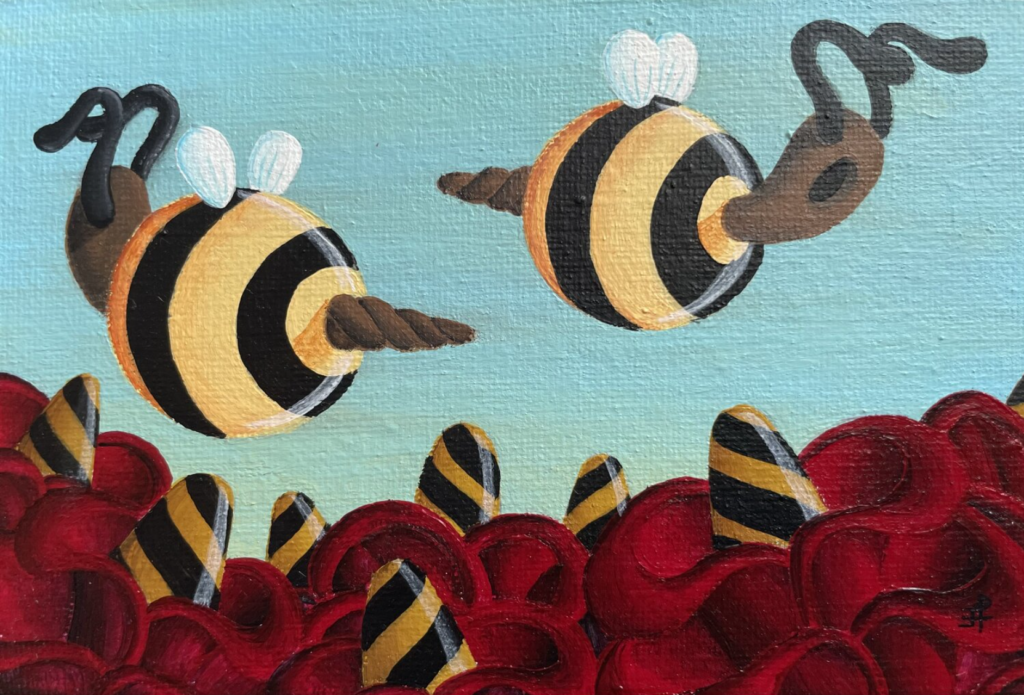
How did you learn to create art?
“I started drawing very early, like many people, but it was only in high school at around 17/18 years old that I truly discovered painting. It took me a long time to tame this medium, and through hard work and perseverance, I think I have finally found my style. I worked alone, searched in libraries (at that time there was no internet) for various theories of painting (perspective, color, composition…). With the arrival of the internet, it became easier; there is so much to discover and learn. And then, I could exchange ideas with other artists, which helped me better understand what I was doing.”
What are your main inspirations?
“In college, I had an art teacher who introduced us to surrealism, and it was a real turning point. I knew at that moment that this was what I wanted to do. I completely immersed myself in this movement and devoured everything I could find about it. All of this nourished my inspirations. But those who have marked me the most are Dali, Magritte, Bosch, and Tanguy. They are my role models. I tried to understand what they showed in their paintings to understand where I wanted to go. In the end, I draw inspiration from their work, but I also add a lot of myself. For each painting, I try to have a particular theme that inspires me and speaks to me. I love talking about religion (even though I am atheist), but I also like to depict the current world and its paradoxes. Everything around me can inspire me, whether it’s a phrase heard in the street or a documentary on TV.”
Do you have a particular project at the moment that is close to your heart in the context of your artistic activities?
“Yes, there is a project that is dear to me. It’s a project I’ve been working on for 2 years now and that I’m pushing quite far in the research. I love religious triptychs, and I would really like to create one. I searched for a theme that would allow me to let go in the figures and landscapes that I love to paint. And I decided to tackle the Apocalypse of Saint John. I hope to start painting the three parts of the tableau early next year.”
2. Arthur Hent
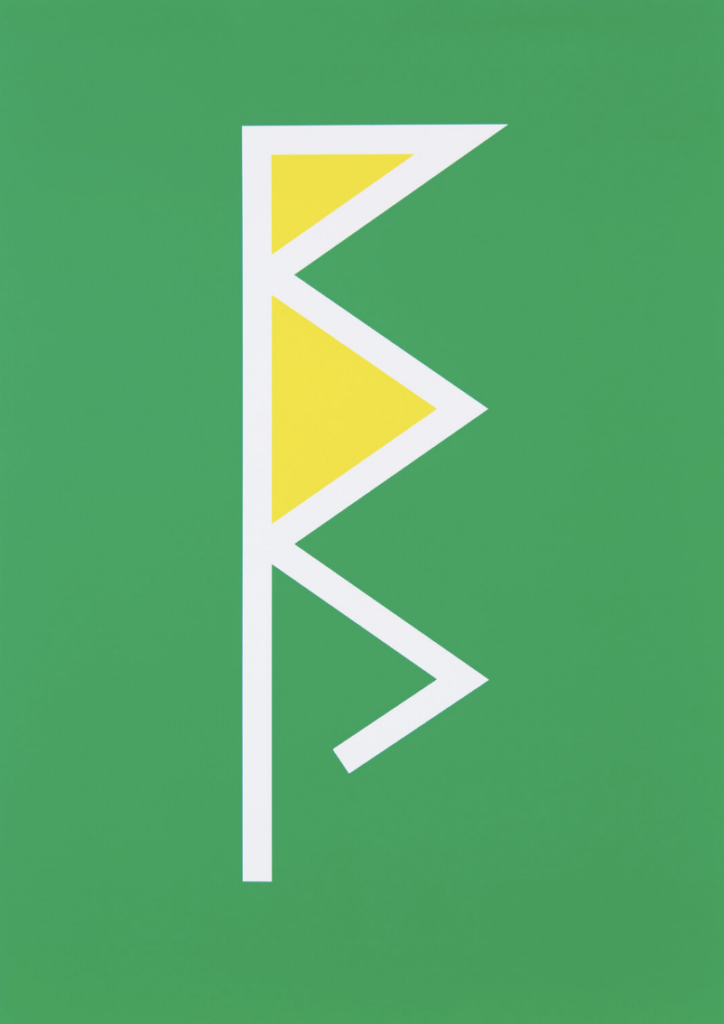
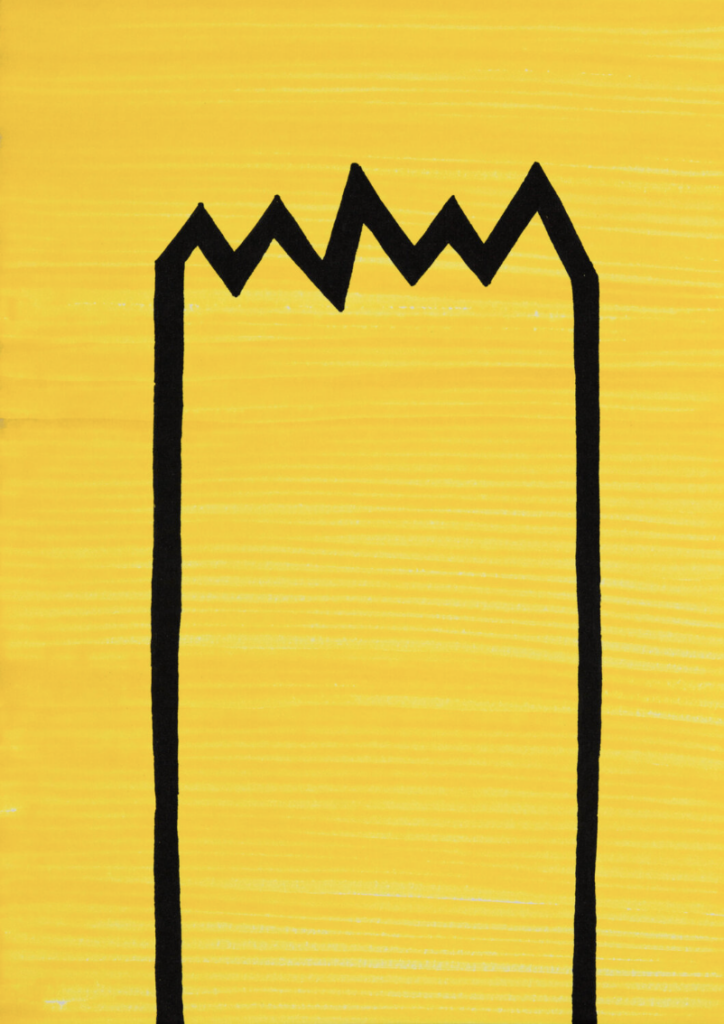
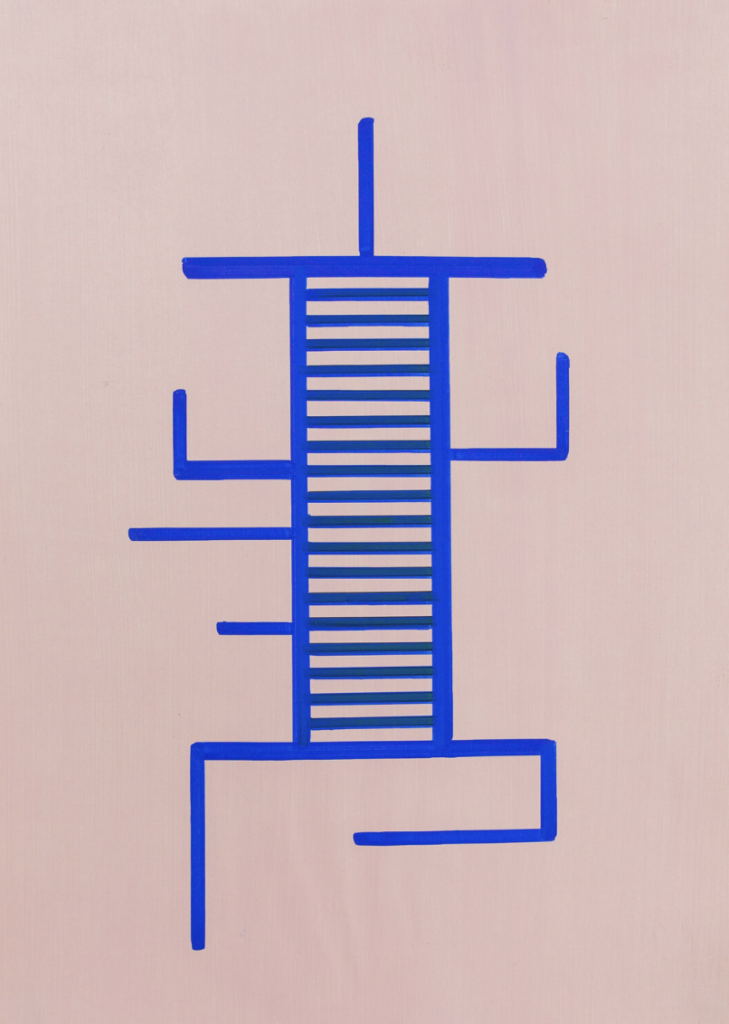
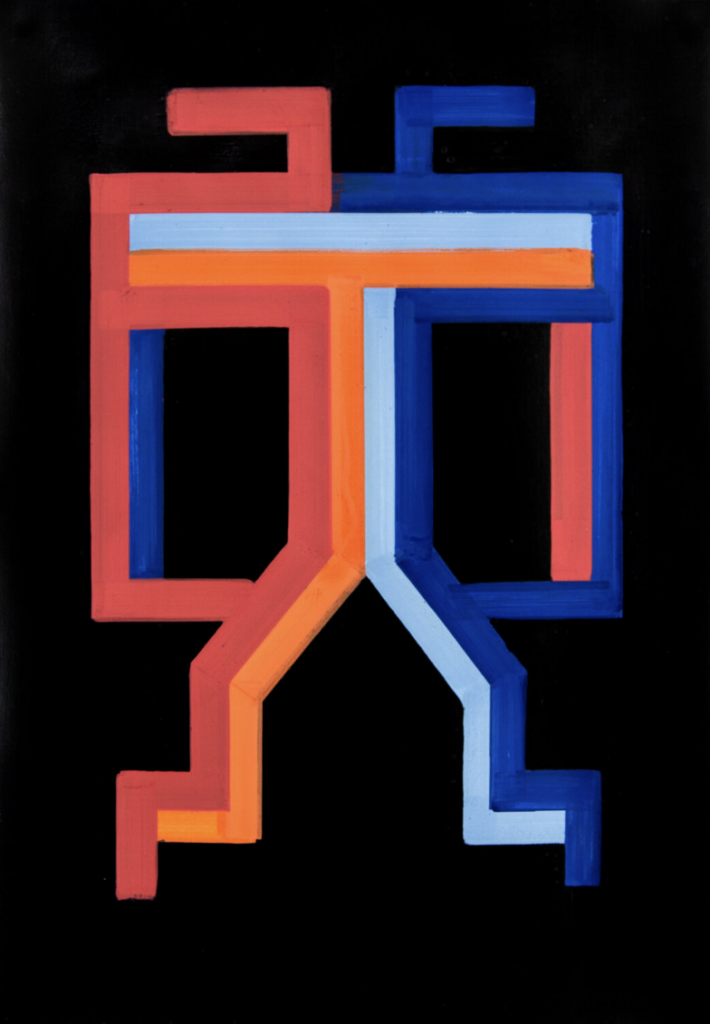
How did you learn to create art?
“I taught myself to draw when I was a child. Using whatever I could find, a pencil, and available paper: backs of typewritten letters, old A4 envelopes. I had a model, and I copied it as best as I could. In first grade (7 years old), a friend gave me a great idea: drawing comic book characters on white paper tablecloths, much larger than me. It impressed my friends! Around the age of 11, I refused to switch to painting. It was the lines that appealed to me. Later, I talked to my parents about fine arts, but they refused. So, I found another way to pursue an artistic career: with words. I became a copywriter in advertising. Around the age of 23, I returned to drawing after a vision; I saw lines as if they were people. The lines touched, separated.”
What are your main inspirations? Can you tell us more about your self-portrait series?
“My inspiration is primarily my vision. From it, I invented a language to represent people’s lives only with straight lines. A character is a line that moves forward, changes direction, crosses other characters, connects to others, loves, separates, dies… A set of rules to tell important life situations. And then I thought it wasn’t artistic enough; I needed to find another way to use the lines. The idea came to me to translate my emotions with lines, like Pollock with paint splatters. That’s how I conceived the Self-Portraits. I draw lines following a protocol established just before the drawing (starting from the center, using only vertical lines…) while leaving enough freedom to my hand. The lines I draw inside this frame, their color, direction, the patterns they form (quadrilaterals) constitute an image of my emotions at the moment of drawing. I think I am the first to do this. When I had this idea around 2009, AI did not exist yet, but there was already talk of augmented humans, cyborgs, and my practice corresponded to this blend of human and technology. Straight lines, and geometric shapes in general, are “abiotic,” non-living, like robots, like computers, and with my technique, I introduce human emotions into these forms. I breathe life into them.”
Do you have a particular project at the moment that you’re particularly excited about in the context of your artistic activities?
“My Self-Portraits are my best idea, but you can imagine that in 2010, the date of my first exhibition, no one understood my approach. People were still stuck on contemporary art. Even today, it remains strange. In 2013, a foreign journalist wrote an article about me, without notifying me, and that’s the only time someone seemed to understand me.
So, I’m trying to find solutions to bring people into my universe. Like balthasart, where I present drawings that go back to my original lines (language element series).
I also have a new recent series, TOUR, more accessible because it shows a pattern that people can identify. I draw a tower, but each time I impose a protocol, as with my Self-Portraits. The first TOWERS were created with the constraint of using a storage box filled with loose pencils and paints, many things belonging to my children. For each tower, I invent a technique.”
3. Wabyanko
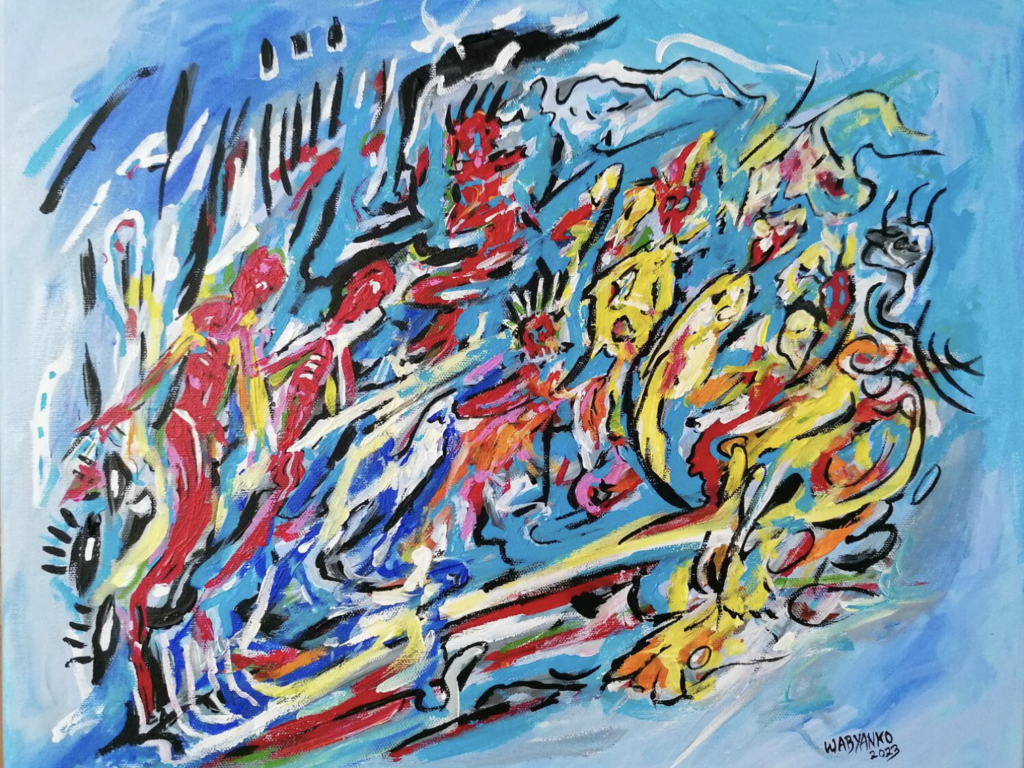
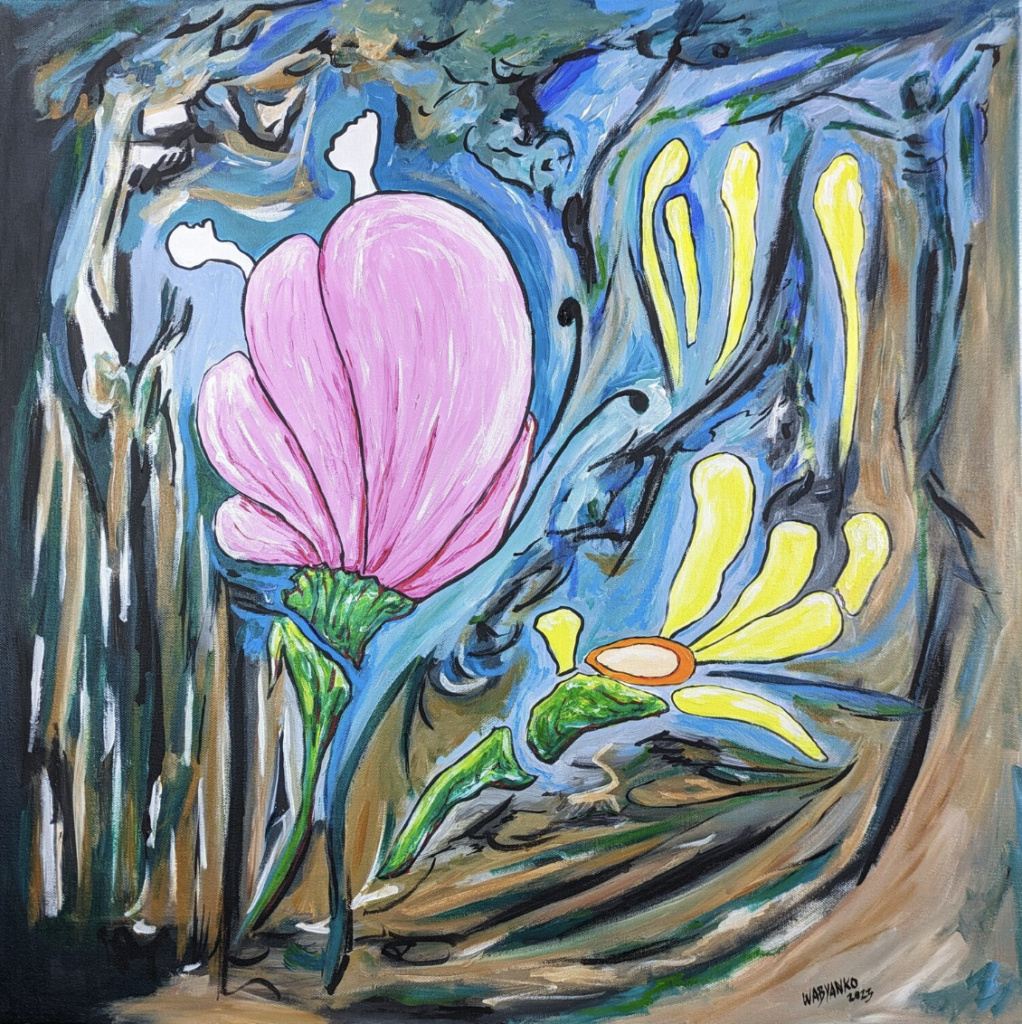
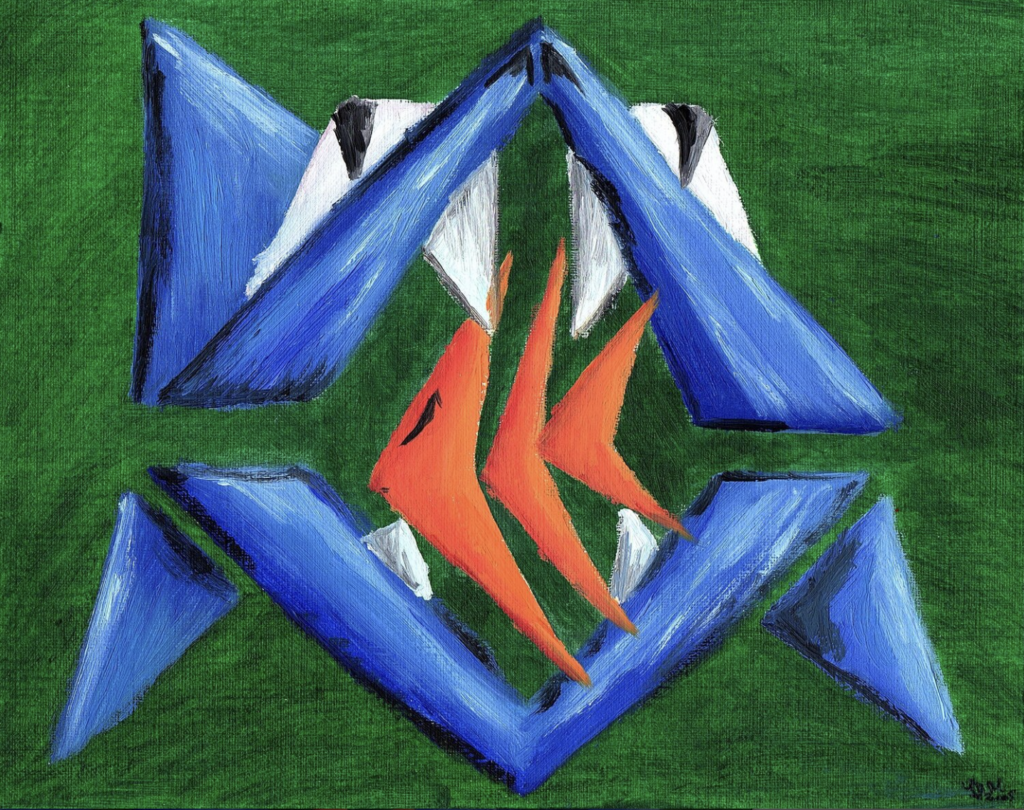
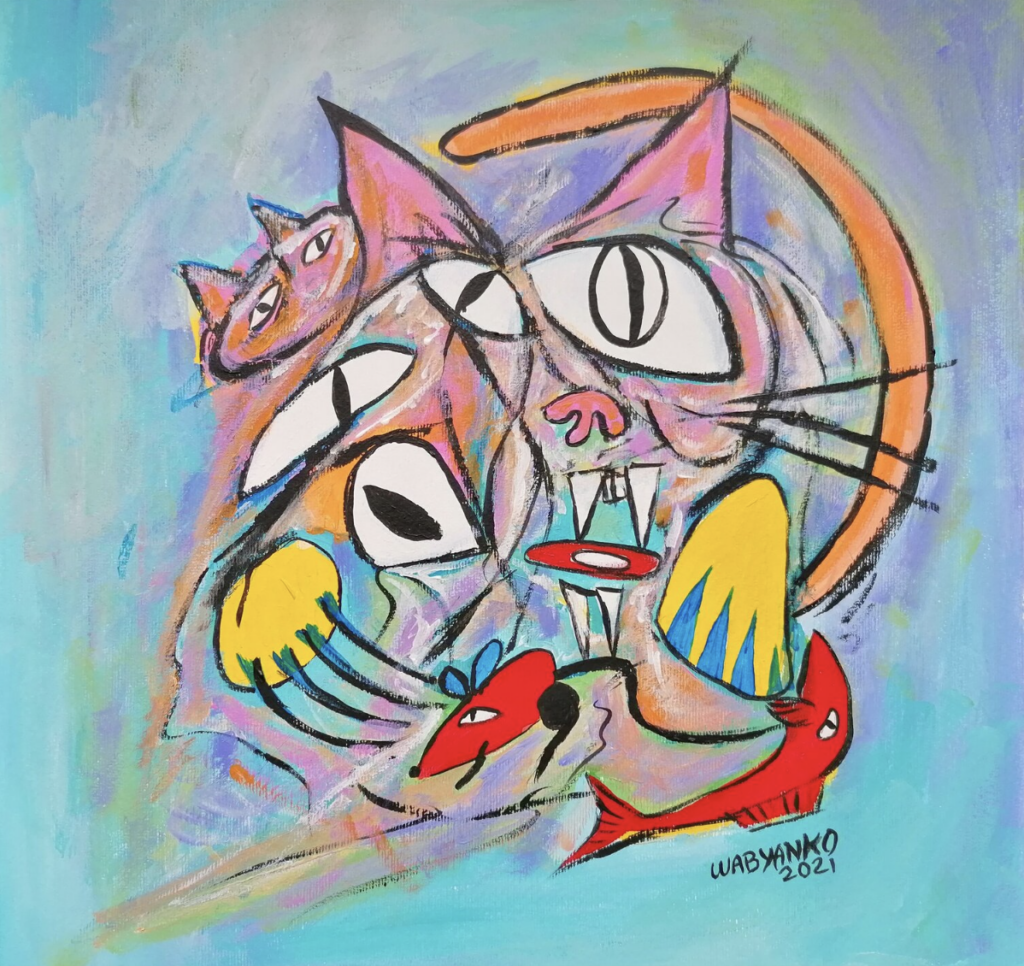
How did you learn to create art?
“I’m a self-taught artist who has always had the desire to create on different mediums. I have traveled the world through my artistic activities and in the digital sector. I gradually expanded and incorporated graphic creations into my digital works. I took art courses to improve my skills, including a Manga Master class in Japan.”
What are your main inspirations?
“I aim to imagine another world without injustice by raising awareness of values in our society and the meaning of life. I explore themes of fragility, temporality, and change through colorful visual paintings that combine ambiguity, mystery, and poetry.
My main works are created using acrylic paint on canvas or paper. A pioneer in mobile games, I combine physical painting with digital through Stop Motion-type digital animations.”
Do you have a particular project at the moment that you’re particularly excited about in the context of your artistic activities?
“My current projects include initiating limited edition reproductions of certain works that you will soon find on balthasart to democratize access to art. I am also working on an exhibition project that combines physical painting and digital techniques, focusing on the themes of metamorphosis and the temporality of life. I aspire to exhibit in places that support the socio-political and biodiversity issues of our time.”
These talented artists have poured their hearts and souls into their art, and we invite you to discover the rest of their creations on balthasart! Did any of them catch your eye?

